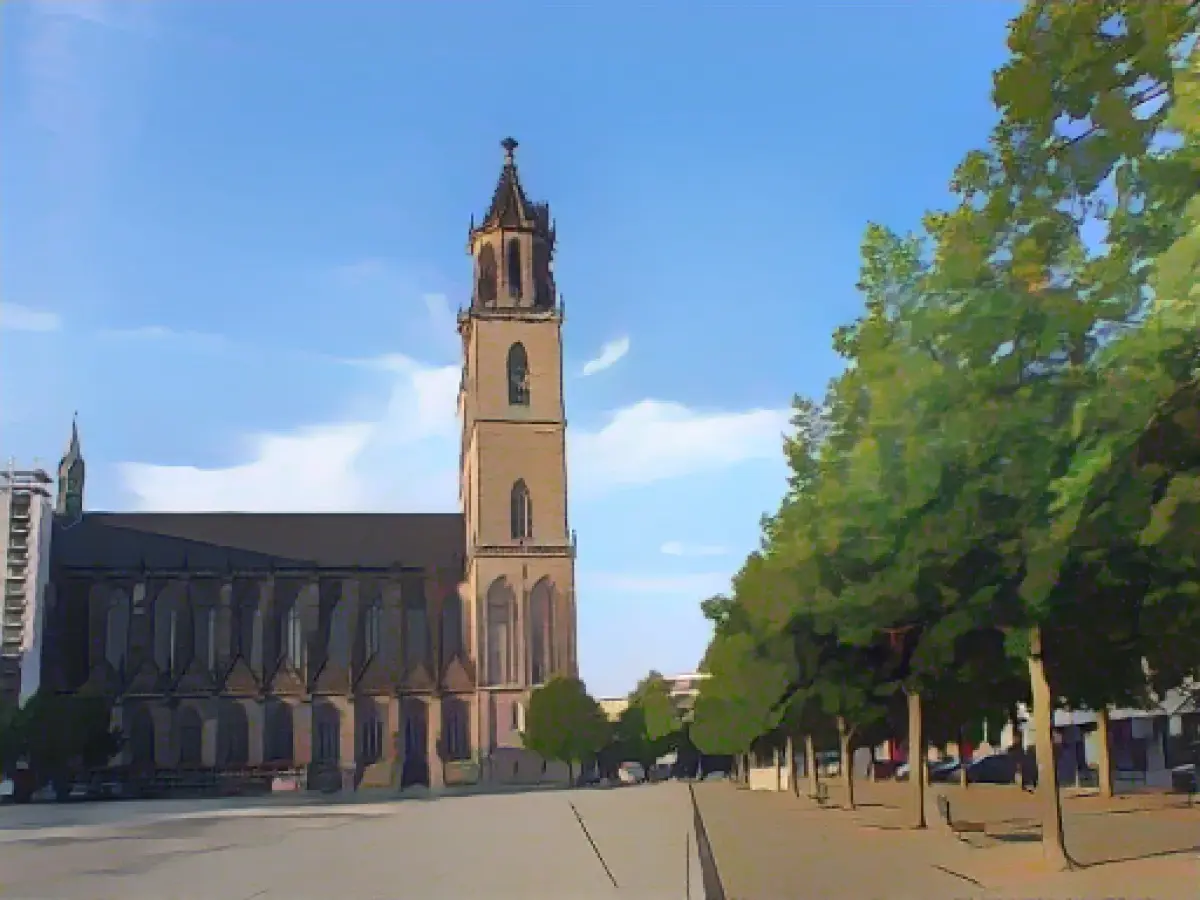Around 1000-year-old wall remains discovered on the cathedral square
Archaeologists have discovered the remains of a 1000-year-old wall of a large building on Magdeburg Cathedral Square for the first time. "These are the remains of two walls from the time of Otto the Great (912-973) or his successors," said excavation manager Holger Grönwald on Thursday. "The remains come from the outer wall of a semi-circular room, a so-called apse, as well as a wall base."
"With the first possible identification of wall remains of a representative and monumental building from the Ottonian period, the investigation yielded an outstanding result," said state archaeologist Harald Meller. A connection was found between two known buildings from the 10th and 12th centuries. During the previous excavations from 1959 to 1968 and 2001 to 2003, only excavation pits, i.e. foundation traces of a monumental building, were uncovered.
State archaeologist Meller said that back then, the archaeologists had only just missed the current site. There was only about ten centimeters between them. It had become clear that the 12th century addition was sitting on top of the Ottonian-era masonry.
On the former exterior of the building, a sloping plinth made of plaster mortar was placed in front of both walls to the west, which was probably primarily used to protect against moisture. The outer wall of the apse appears to have been representatively structured with half-columns or pilasters.
"The monumental building was destroyed in the fire of 1207, which also triggered the rebuilding of the Gothic cathedral," said Grönwald. "It was a stately building, the use of which is currently being investigated in detail as part of a research project."
Magdeburg was a favorite residence of the Ottonian rulers in the 10th century. Otto the Great and his wife Editha (ca. 910-946) were at the beginning of this development. The couple were also buried in Magdeburg.
In addition to the masonry from the 10th century, the archaeologists also found a stone cist tomb from a much more recent period. The remains of several individuals were found inside.
The excavation was carried out in connection with a research project by the State Office for Monument Preservation and Archaeology in cooperation with the Institute for European Art History at Heidelberg University.
The discovery of these ancient wall remains in Magdeburg's Cathedral Square contributes significantly to the field of Archaeology, as it provides insights into the History of the city, particularly during the Ottonian period. The findings also highlight the role of Municipalities in preserving and uncovering historical remains for public understanding and appreciation.
Source: www.dpa.com








